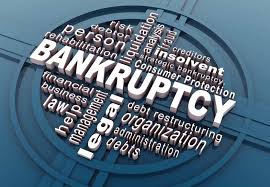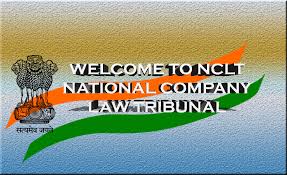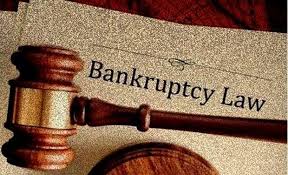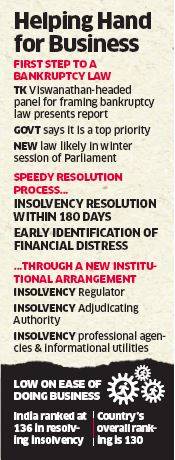Stressed loans near $10-billion mark; total bad loans seen at over $130 billion; 250 NCLT cases across 10 benches

While many of the loan exposures had turned toxic in 2015 and 2016, bankers were looking to recover their dues via other schemes such as the strategic debt restructuring or the S4A (scheme for sustainable structuring of stressed assets ) and 5/25.
With defaults on loans and corporate bonds nudging $10 billion in 2017 so far and the total quantum of bad loans estimated to have crossed $130 billion, the number of cases at the National Company Law Tribunal (NCLT) has jumped to around 250 across 10 benches. At the end of March, fewer than 40 cases had been referred to the tribunal. Banks are hoping to recover their loans via the Insolvency and Bankruptcy Code(IBC) and have already referred a dozen large accounts to the tribunal following a recommendation from the Reserve Bank of India (RBI). They are expected to approach the tribunal for another two dozen accounts.
Apart from banks, also knocking on the doors of the NCLT are other creditors such as non-banking financial companies and asset reconstruction companies. A few corporate debtors too have approached the tribunal.
While many of the loan exposures had turned toxic in 2015 and 2016, bankers were looking to recover their dues via other schemes such as the strategic debt restructuring or the S4A (scheme for sustainable structuring of stressed assets ) and 5/25.
Consequently, several of the exposures had not been classified as non-performing assets. With the RBI asking banks to refer the cases to the NCLT, the tribunal has been inundated with cases.
Industry watchers believe that given the quality of the fixed assets — plant and machinery — at many of the companies is of good quality, the firms are unlikely to be liquidated. However, buyers will come in only if banks take big haircuts since just about 45-50% of the debt is believed to be sustainable.
Of the 12 cases referred to the NCLT, 11 have been admitted. While some of the companies — Essar Steel, Bhushan Steel and Monnet Ispat — raised objections, the tribunal overruled these.
Bhushan Steel, which owes banks a whopping Rs 44,447 crore, had earlier objected to the insolvency proceedings alleging that State Bank of India (SBI) had inflated the dues by around Rs 100 crore.
Nonetheless, SBI’s petition was admitted by the NCLT, which ordered the interim resolution professional (IRP) to take charge of the company. The IRP, along with a committee of creditors, is currently working on a resolution plan.
The central bank has recently sent a second list of defaulters like Videocon Industries, IVRCL and Visa Steel that banks must take to the bankruptcy court if stress is not resolved by December 13.
These defaults, in turn, have put pressure on banks’ balance sheets which have reported a remarkable rise in bad loans in the June quarter of FY18. India’s largest bank SBI saw its gross bad loan ratio — total non-performing loans as a percentage of its total loans — rise 86 basis points sequentially to 9.97%.
SBI has an exposure of Rs 50,247 crore to the 12 accounts referred to the NCLT and the total provision on those accounts stood at Rs 19,943 crore. SBI chairman Arundhati Bhattacharya told reporters during the results press conference that the bank requires incremental provision of Rs 8,571 crore with respect to the 12 accounts in FY18.
Source: Financial Express







